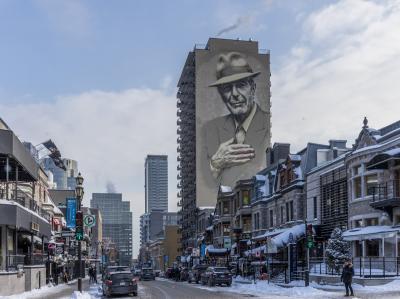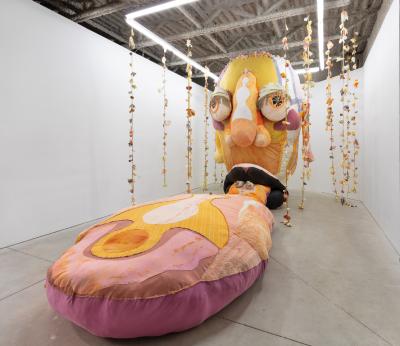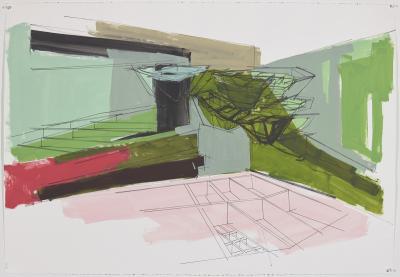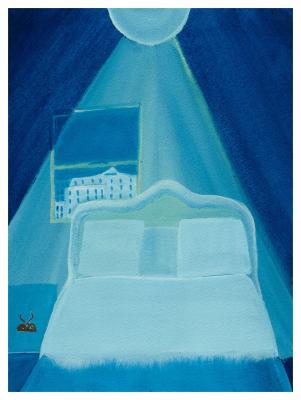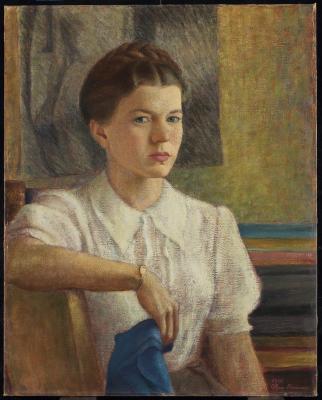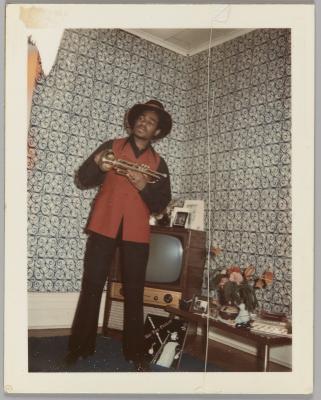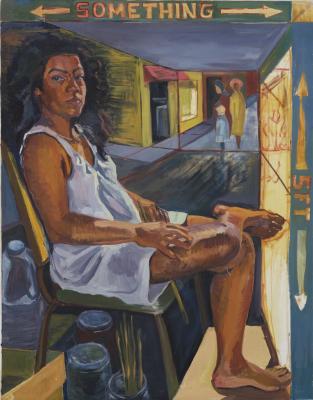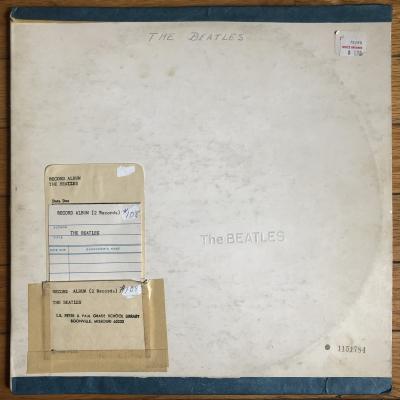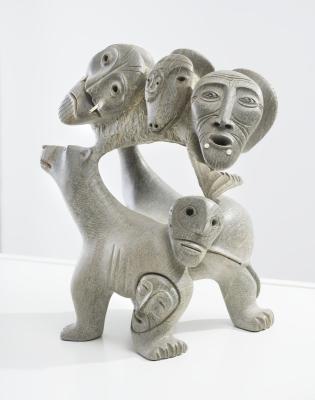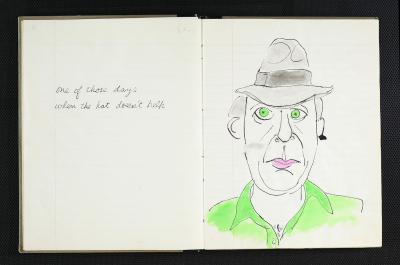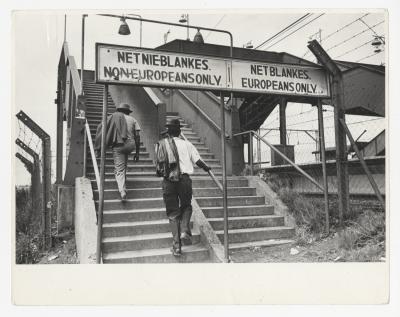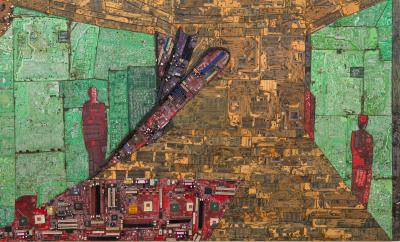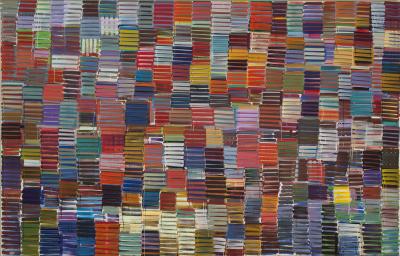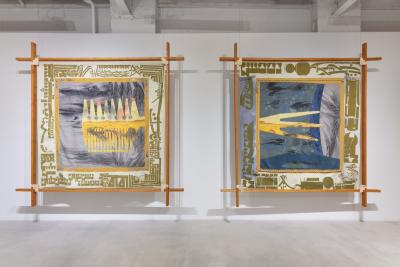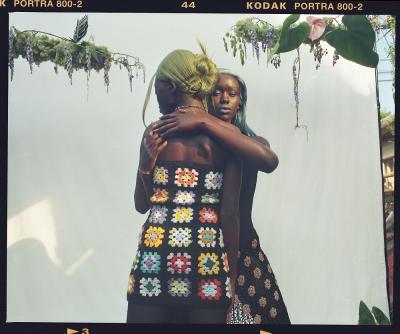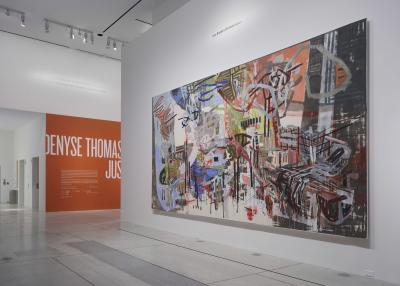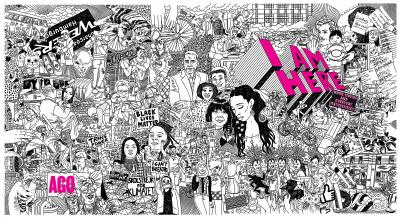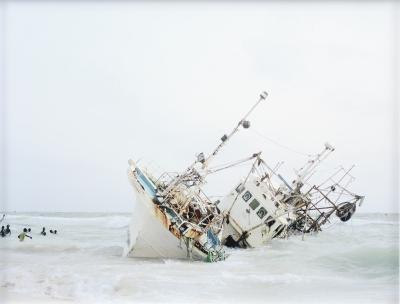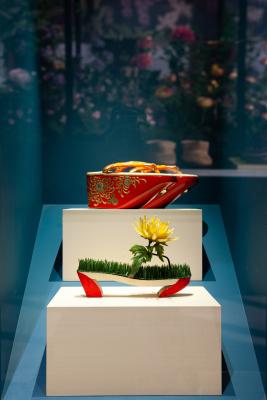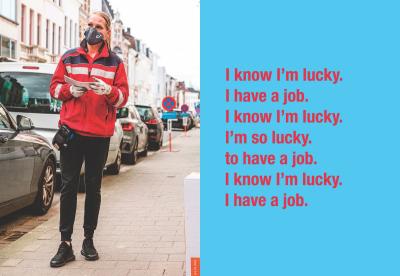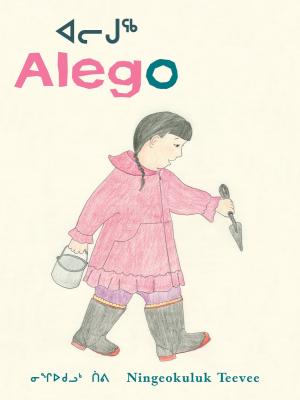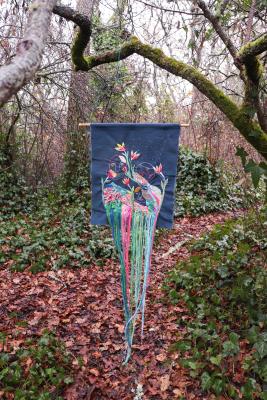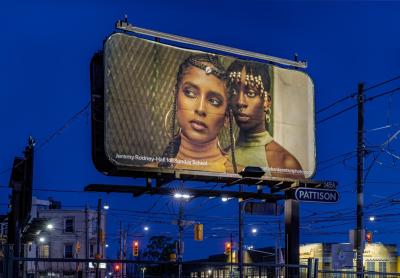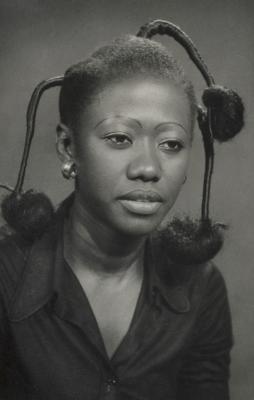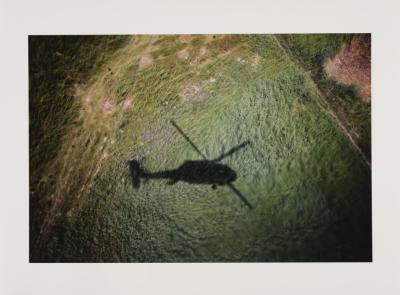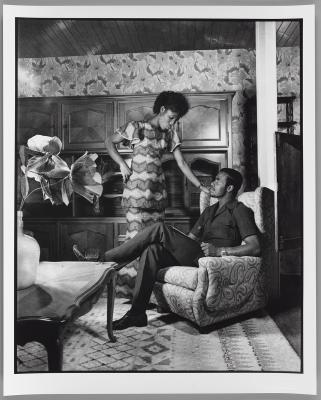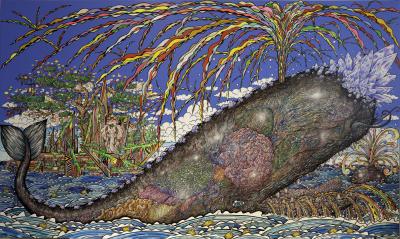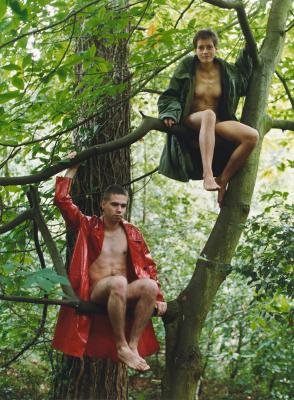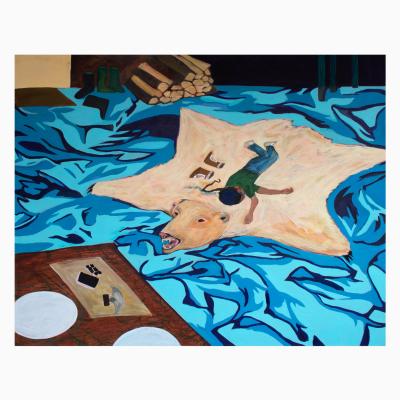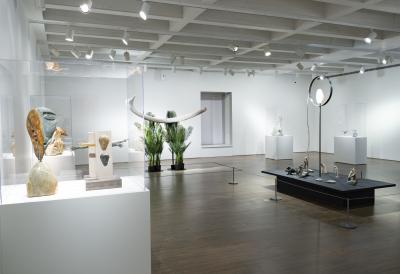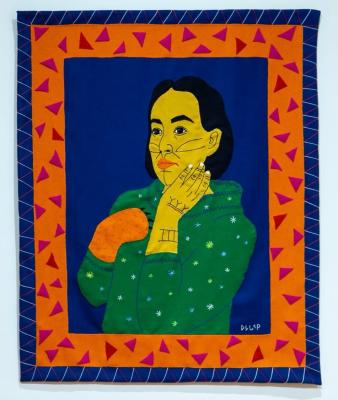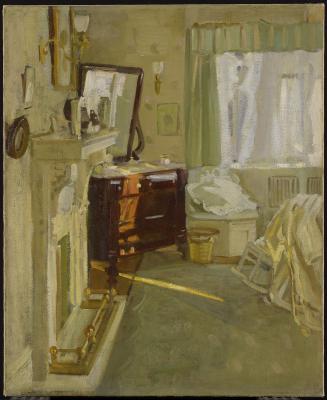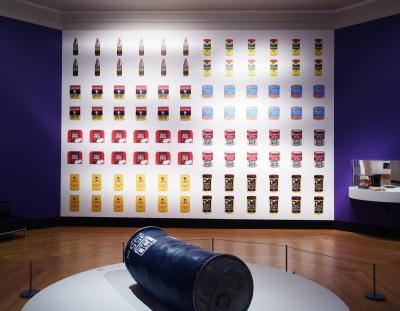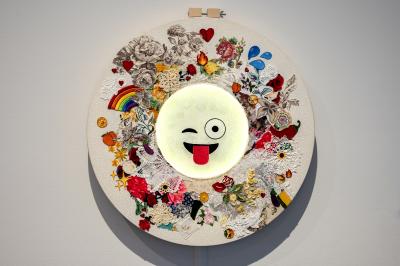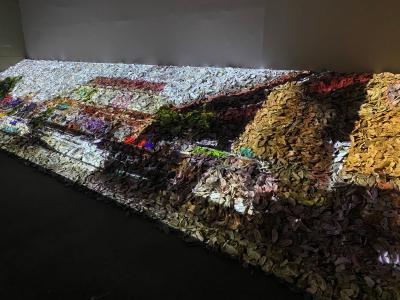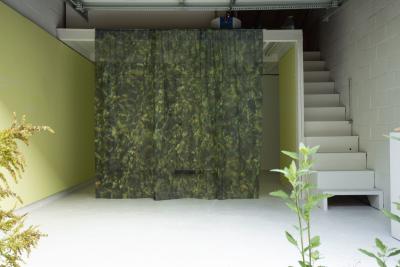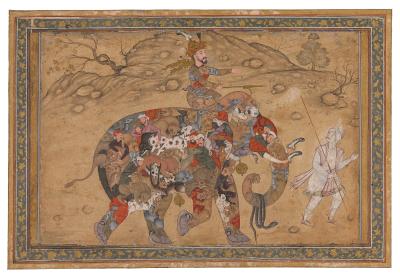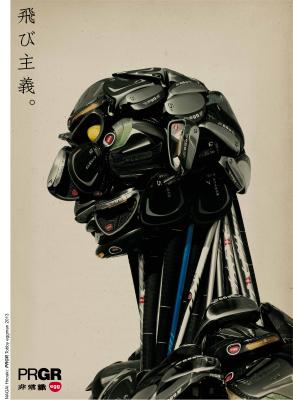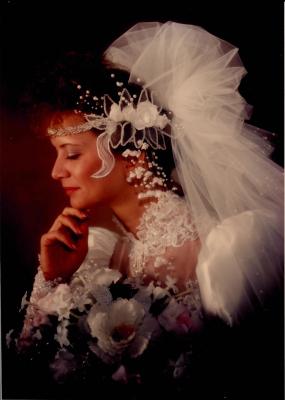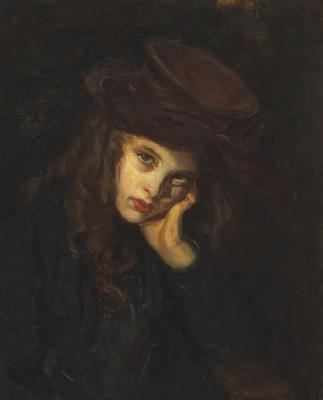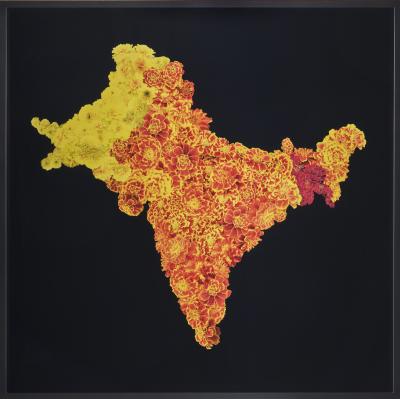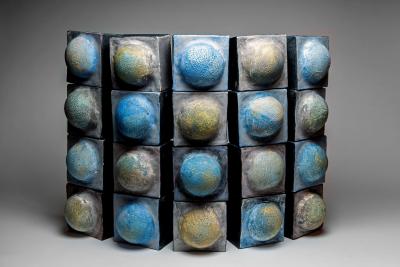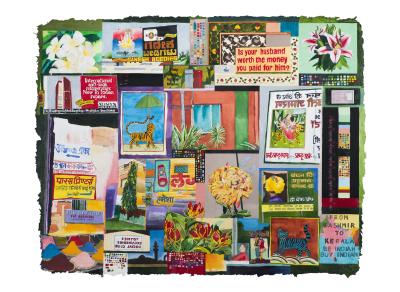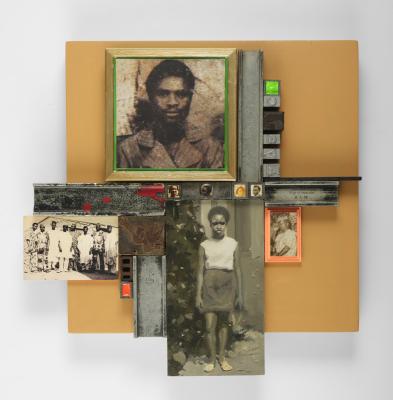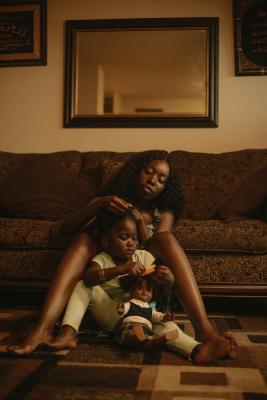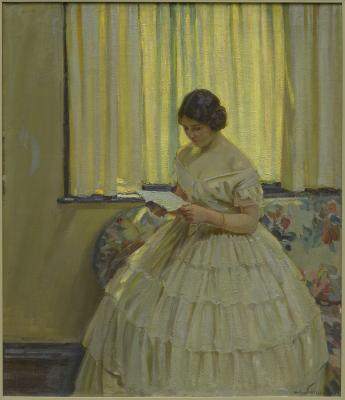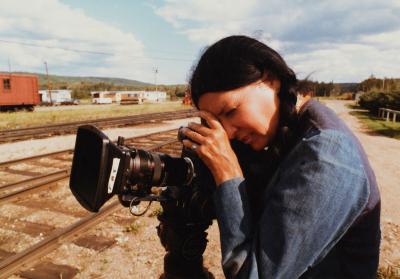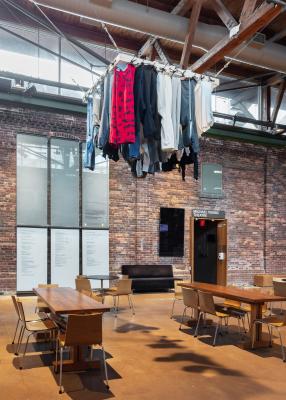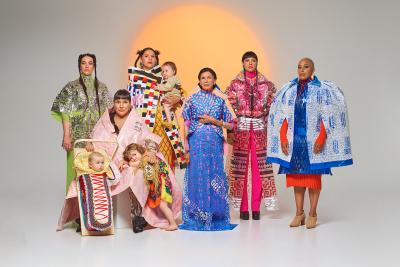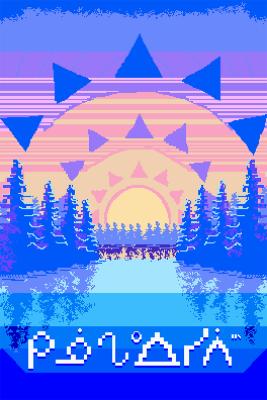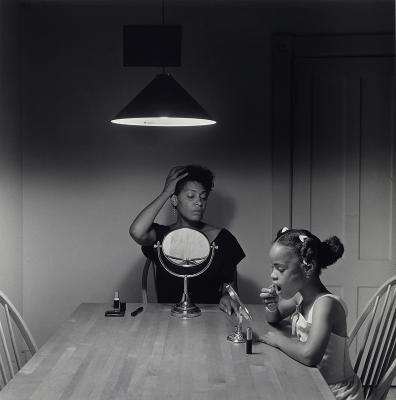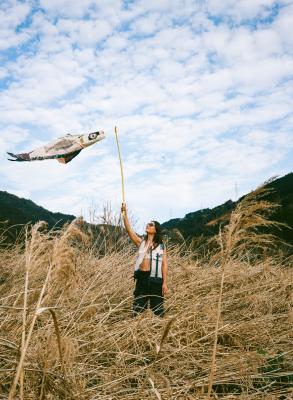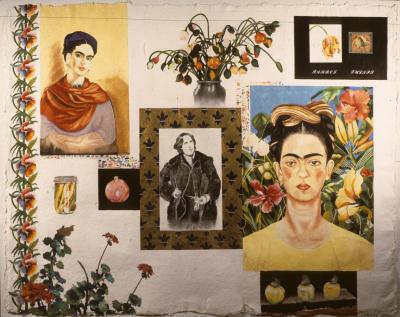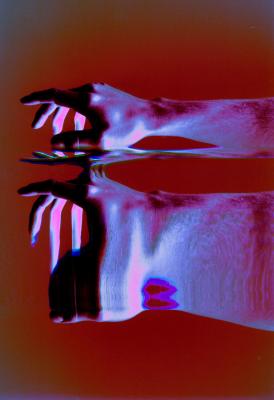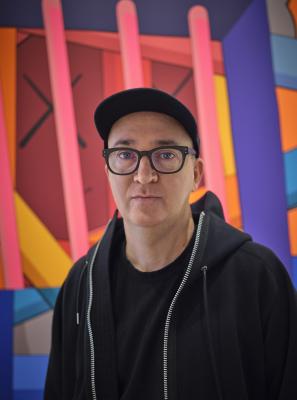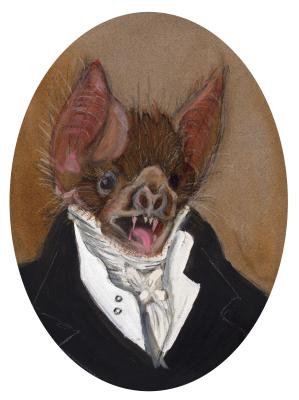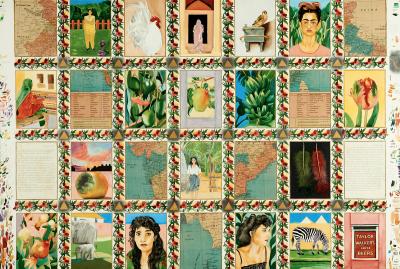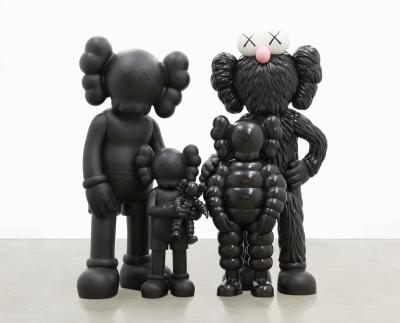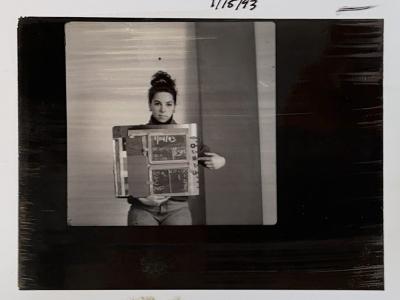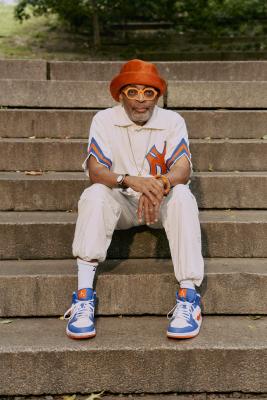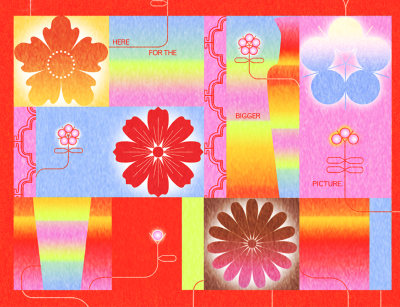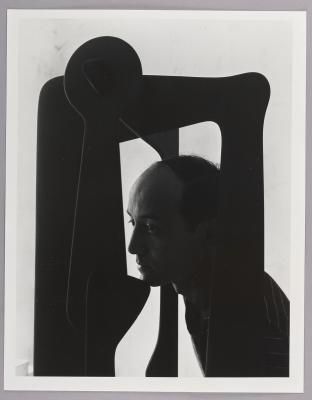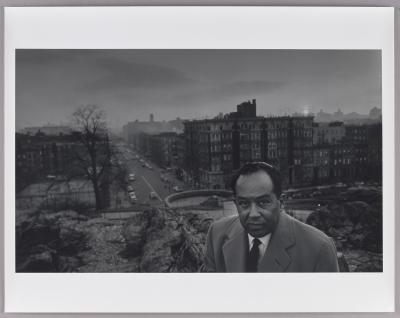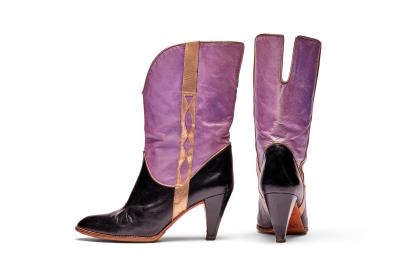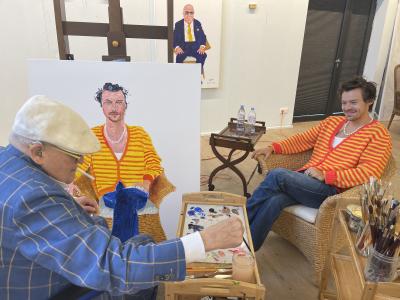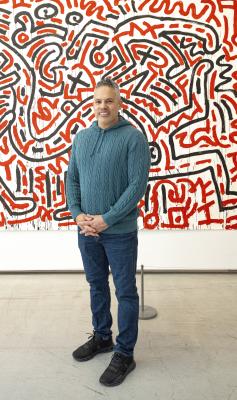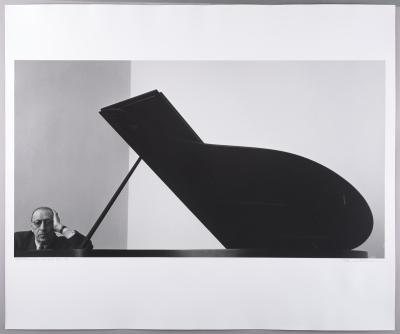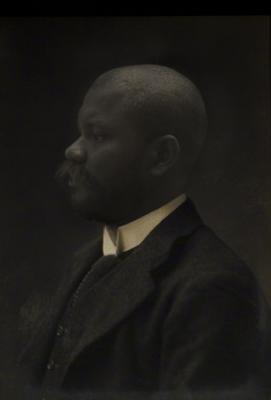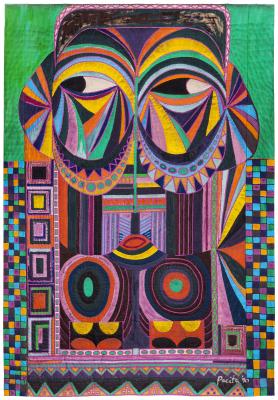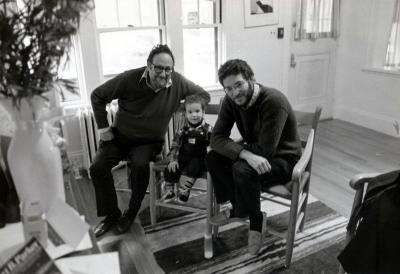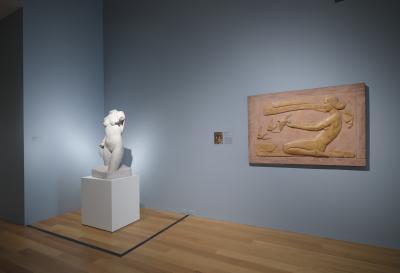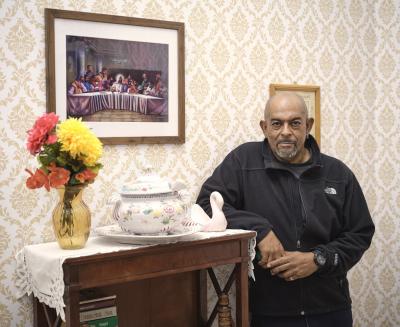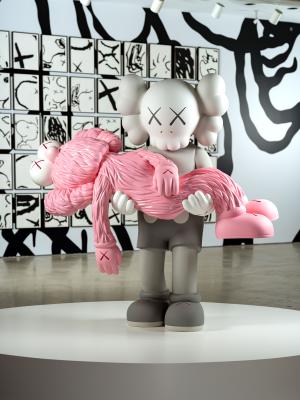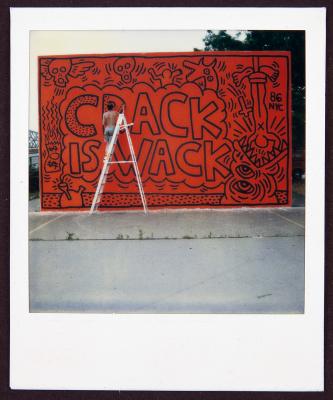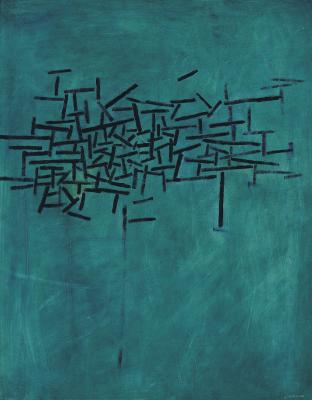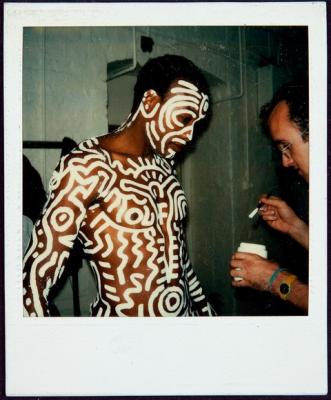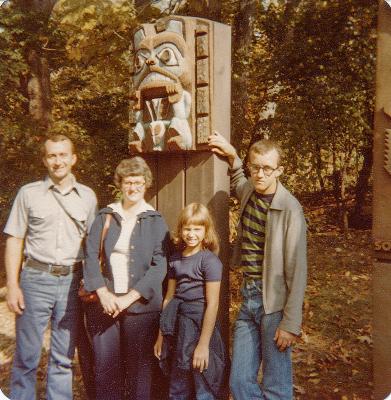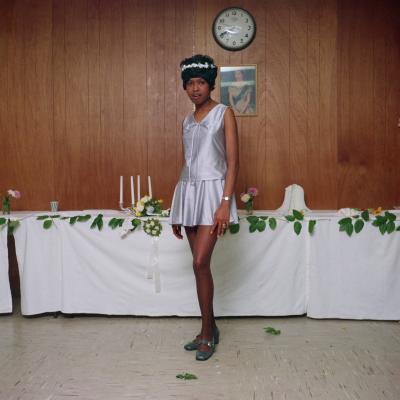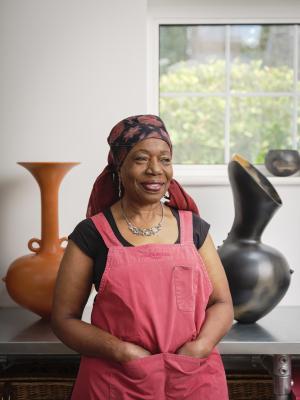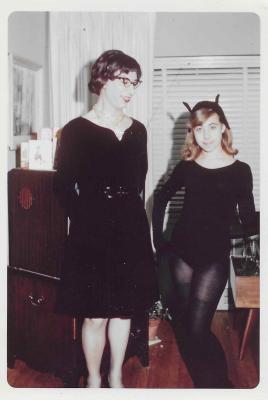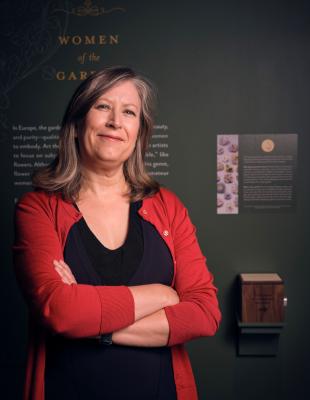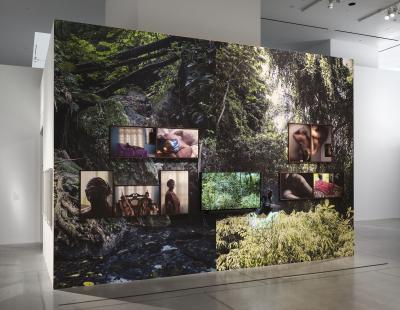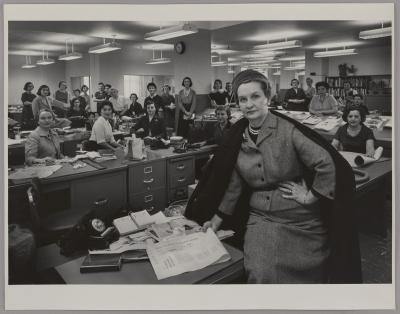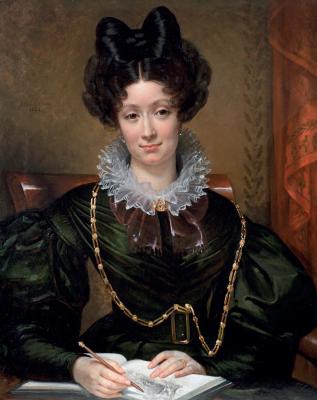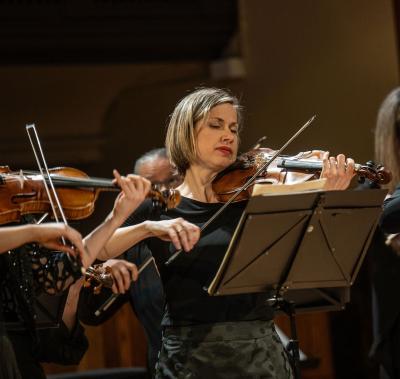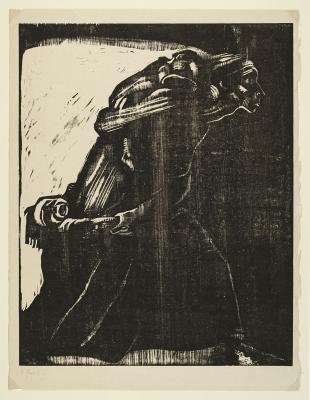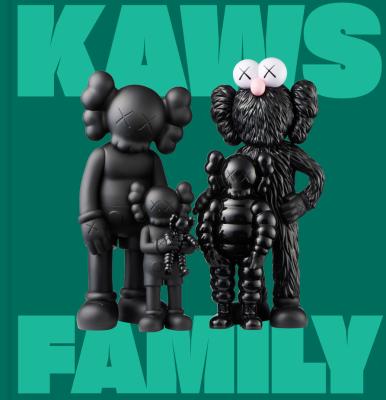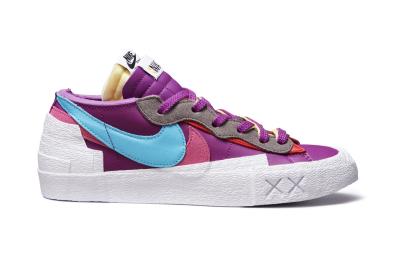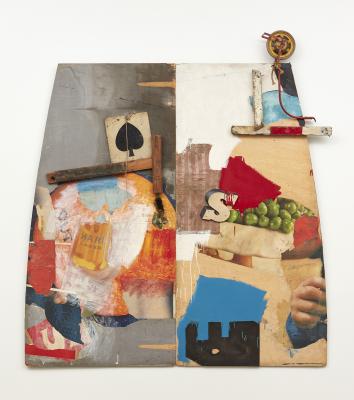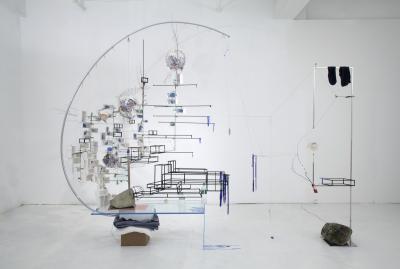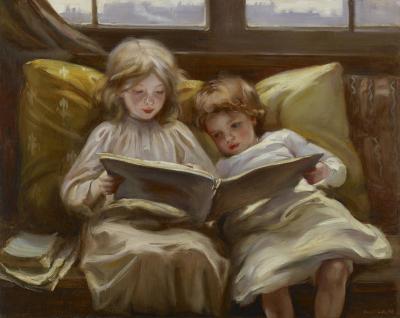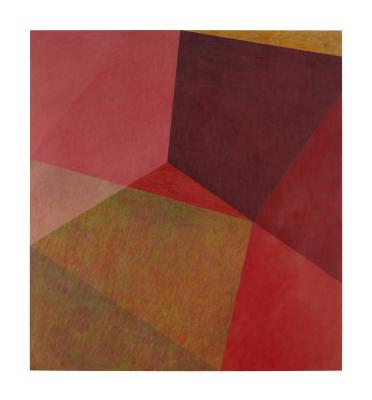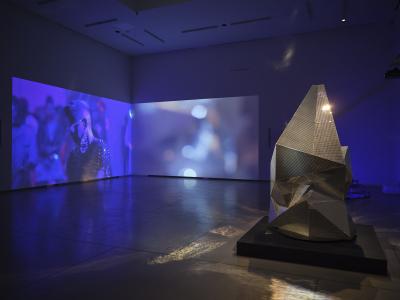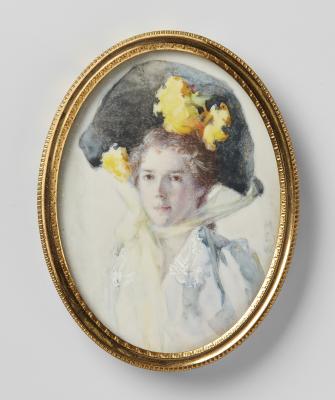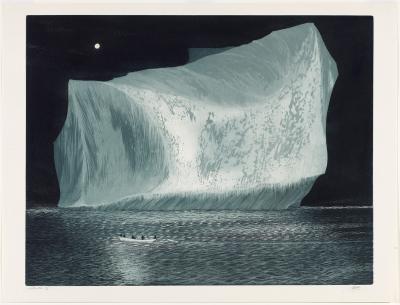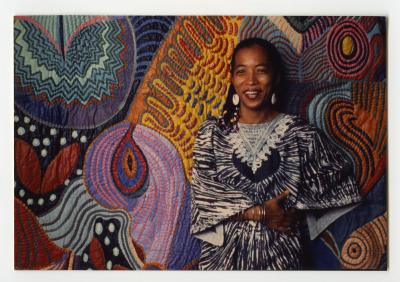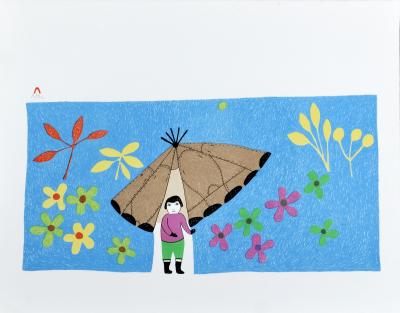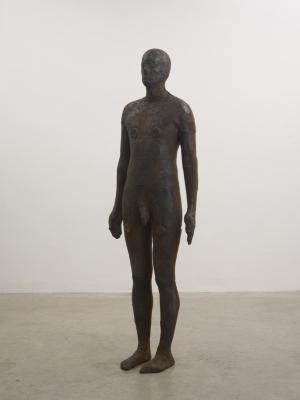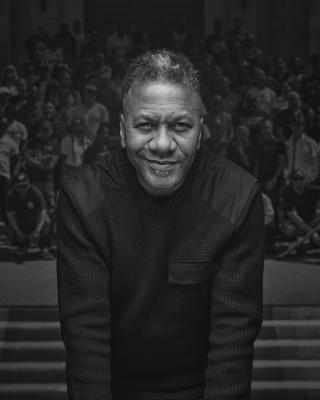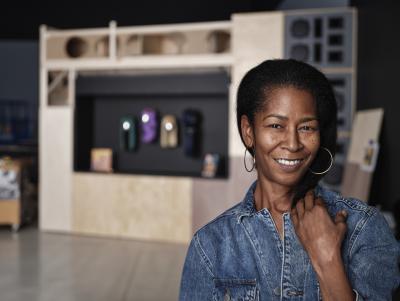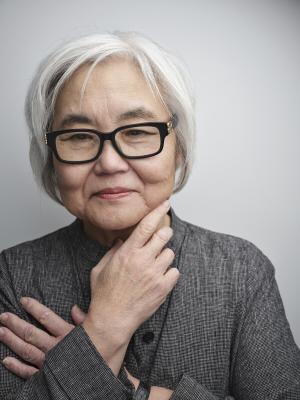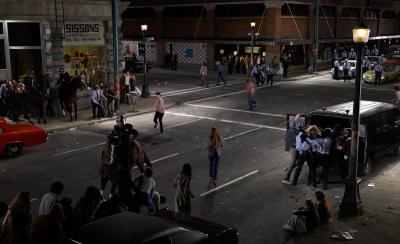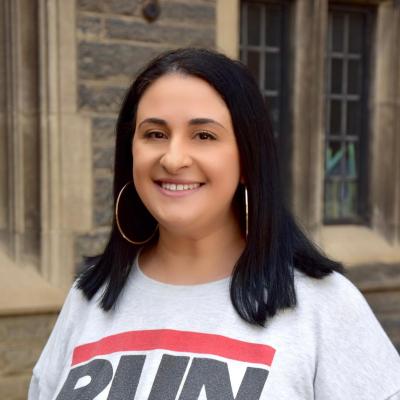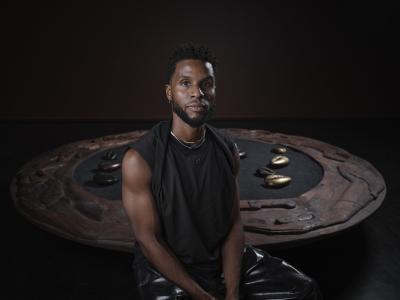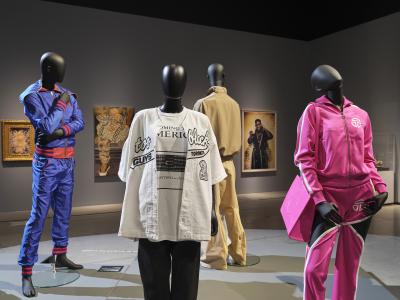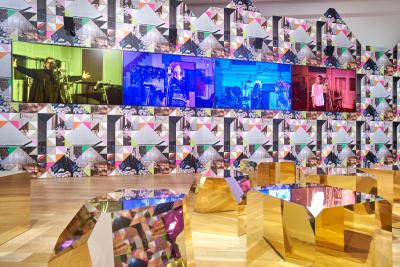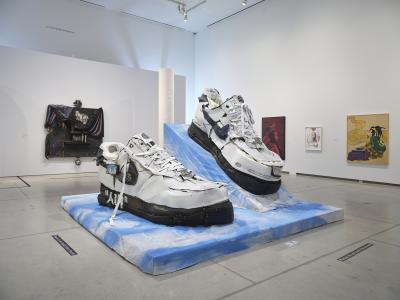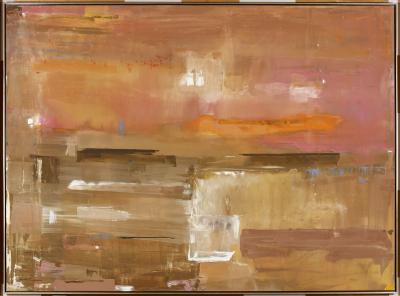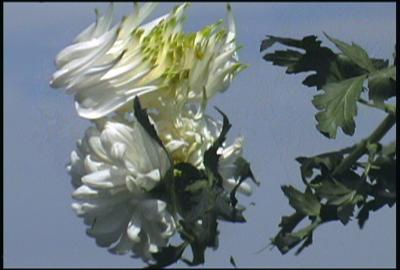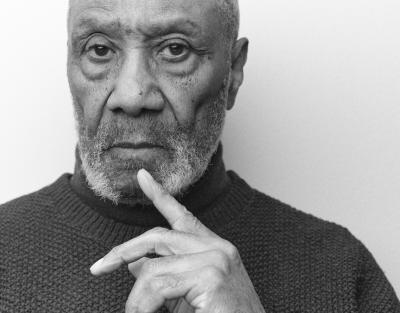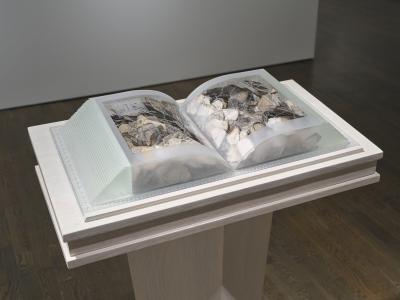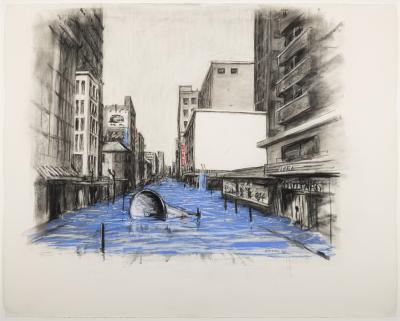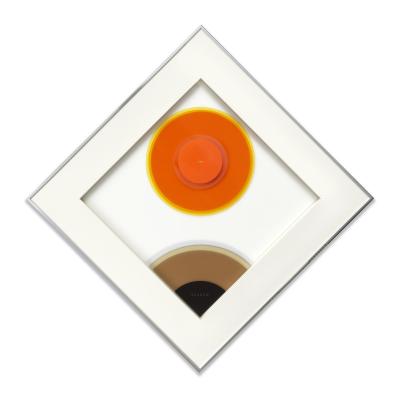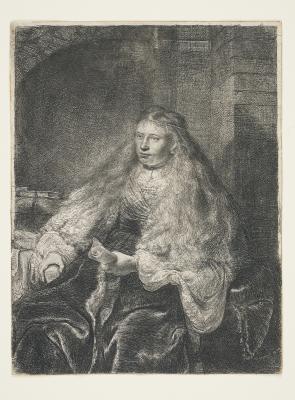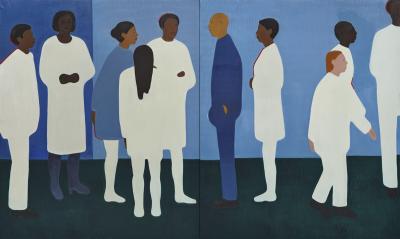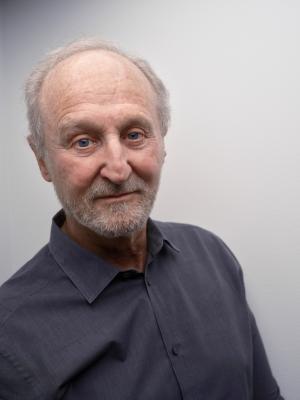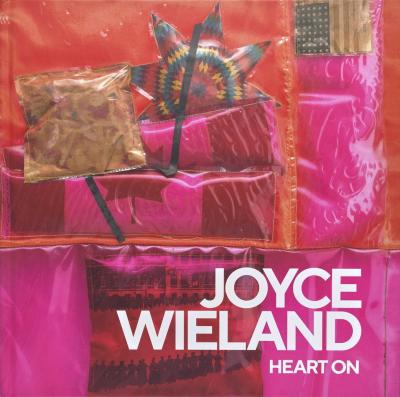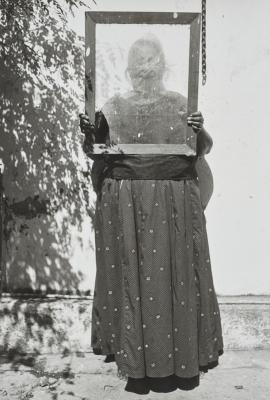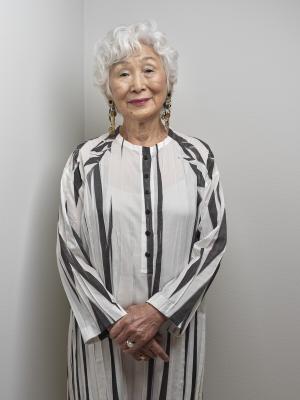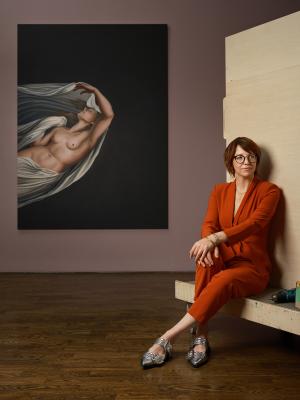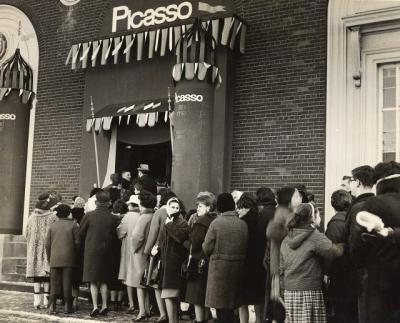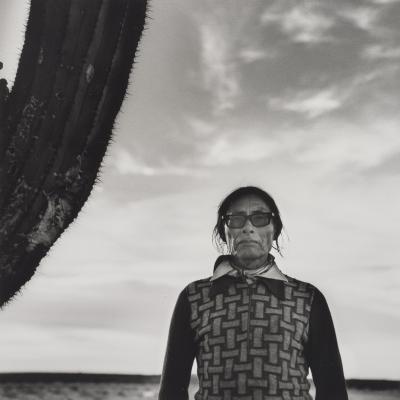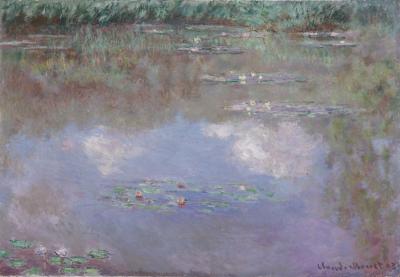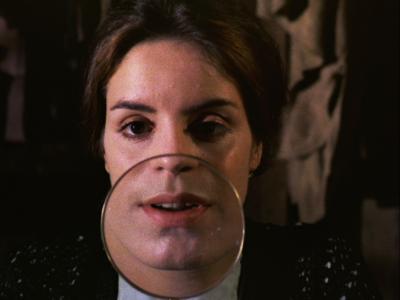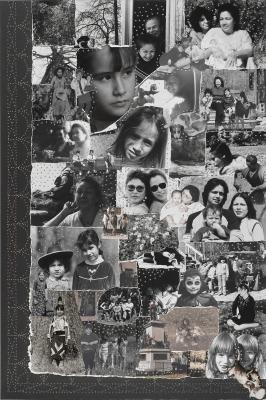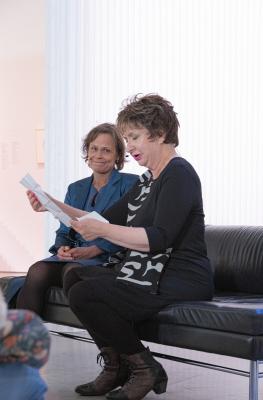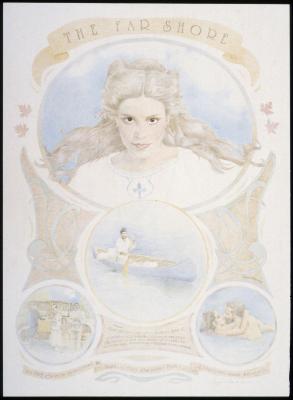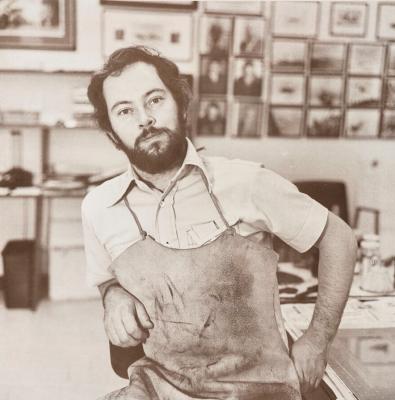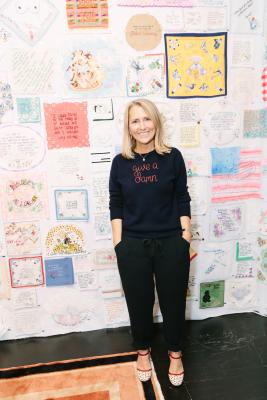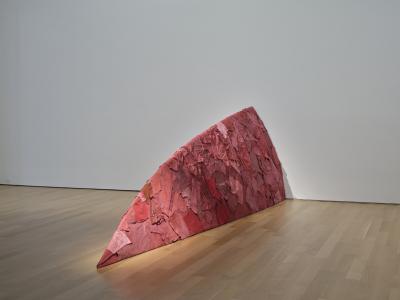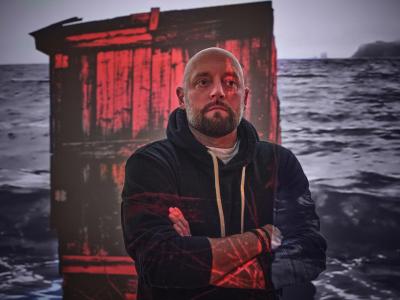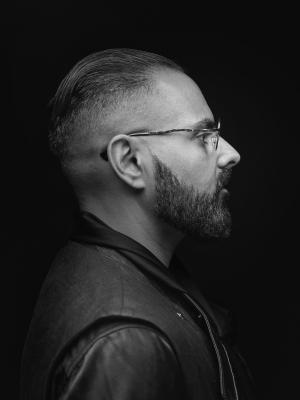Rothko’s strokes of white and red
Mark Rothko’s painting No.1, White and Red on view again at the AGO after more than a decade

Mark Rothko. No.1, White and Red, 1962. Oil on canvas, 259.1 x 228.6 cm. Art Gallery of Ontario. Gift from the Women's Committee Fund, 1962. © Kate Rothko Prizel & Christopher Rothko / Licensed by Artists Rights Society (ARS), New York / CARCC Ottawa (2024). 62/7.
On Sunday, January 19, writer and psychologist Christopher Rothko will be appearing live at the AGO to share his insights on his father’s art. This talk is now sold out. For other AGO events and programming, visit https://ago.ca/events/browse
--
American artist Mark Rothko (1903-1970) is renowned in the art world for his use of form, figure and colours. One of the preeminent artists of his generation, Rothko is known as part of the American Abstract Expressionist movement of Modern Art of the 1950s. Rothko dismissed associations with any artistic movement and instead focused on creating art that would speak to viewers on an emotional level. “I'm interested only in expressing basic human emotions – tragedy, ecstasy, doom, and so on,” he told writer Selden Rodman in an interview published in 1957. “If you... are moved only by their colour relationships, then you miss the point.”
Rothko wanted to eliminate all representation and literary references from the painted surface to remove, as he said, “all obstacles between the painter and the idea, and between the idea and the observer.” In one of his beloved works, No.1, White and Red (1962) (image at top), the painting is limited to a series of coloured regions of white, red and grey on a black background, carefully blended into each other wherever they met. The edges become deliberately hazy, making the regions of colour appear to float off the canvas. Painted in a minimal colour palette, the oil on canvas painting takes on a meditative quality. Spanning 2.5 meters by 2.2 meters, Rothko wanted viewers to be immersed in colour when standing in front of it. He liked to make his works large-scale so that viewers could stand closer and feel an intimacy with the painting, rather than briefly passing by from afar.
No.1, White and Red entered the AGO Collection in 1962, the same year it was created. The Art Gallery of Toronto’s (now the AGO) then Director William Withrow and curator Dr. Jean Sutherland Boggs visited Sidney Janis Gallery in New York City to see art by Mark Rothko. With the unanimous support and financial backing of the Women’s Committee, Withrow and Sutherland Boggs purchased No.1, White and Red for $22,000 USD. Formed by Lady Kemp in 1945, the Art Gallery of Toronto’s Women’s Committee (1945-1998) fostered interest in the Art Gallery of Toronto, promoted membership, and hosted fundraising activities. Consensus-driven, the purchasing arm of the committee in 1962 was led by Elise Meltzer.
As one of the most influential and impactful artists of the 20th century, Rothko’s works have been shown across the globe. Notably, his large paintings hang inside the Rothko Chapel, a spiritual space and destination in Houston, Texas, home to 14 murals by the artist. The octagonal-shaped non-denominational chapel serves as a sanctuary, centre for human rights, and one-man art museum.
Born in Dvinsk, Russia in 1903, Rothko immigrated to Portland, Oregon, United States as a child in 1913 with his family. Later in the 1920s, he moved to New York City and enrolled in the Arts Student League in 1924 and officially began his painting journey. By the 1940s, he continued to develop artistically under the influences of social realism and Surrealism. Following the Second World War, this work eventually led to his famed colour field paintings. Colour field paintings, a term coined by critic Clement Greenberg in 1955, are characterized by a significant open space and an expressive use of colour. Rothko was one of the early adopters of this style in the late 1940s, having first developed his take on it in 1947. Having evolved his paintings from figurative to abstraction, Rothko would compose his works with vertically aligned rectangular forms set within a colour field. These regions of colours applied in many thin layers float on top of coloured backgrounds, creating a sense of dimensionality, transparency and luminosity.
No. 1, White and Red is on view now AGO, a rare opportunity to experience it in person. The painting is included as part of Moments in Modernism, an exhibition which brings together select works from the AGO’s collection of Modern Art. The painting hangs alone in gallery 409 on Level 4 inviting viewers to spend time in quiet contemplation. It was installed in 2021, however COVID closures prevented the public from seeing it, making this exhibition its first public display at the AGO in over a decade. In the fall of 2023, the painting was a centre focus in the Rothko retrospective at the Fondation Louis Vuitton.
See No.1, White and Red in Moments in Modernism, on view now at the AGO on Level 4. The exhibition is co-curated by Debbie Johnsen, Manager, Modern and Contemporary Collections, and Stephan Jost, Michael and Sonja Koerner Director, and CEO. Moments in Modernism features work that will form the cornerstone for the expansion of the new Dani Reiss Modern and Contemporary Gallery, starting construction in 2024. The new building is being designed by architects Diamond Schmitt, Selldorf Architects and Two Row Architect to showcase the AGO's growing collection of modern and contemporary art.
